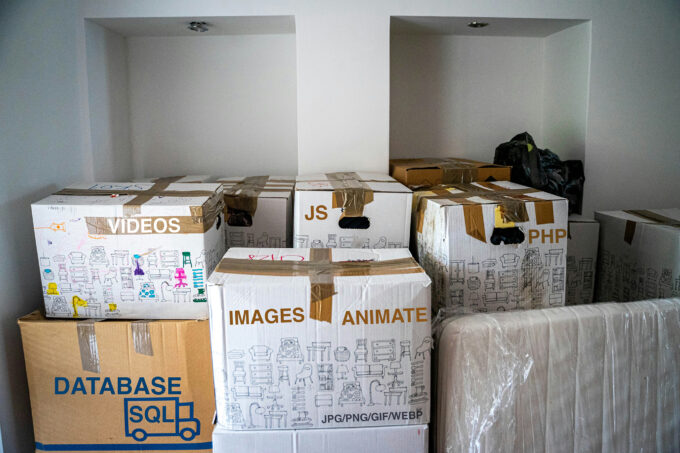Encountering a “500 Internal Server Error” can be frustrating for both website owners and visitors. In this blog post, we will delve into the world of 500 errors, exploring their causes, technical aspects, and the steps you can take to diagnose and resolve them. Understanding these server-side errors will empower you to maintain a stable and reliable website experience.
What are 500 Errors?
A 500 error is an HTTP status code that indicates an internal server error occurred while attempting to fulfill a request. 200 would be the opposite of that. Unlike specific error codes like 404, a 500 error is generic and does not provide specific information about the issue. It typically suggests an underlying problem with the server’s configuration or functionality. The 500 errors may look as simple as a blank screen if your website is not configured to display errors for the front-end users.
Common Causes
500 errors can have various causes, including misconfigured server settings, programming errors, database connection issues, resource limitations, or incompatible plugins or scripts. These errors often occur when the server encounters an unexpected condition that prevents it from fulfilling the request.
Diagnosing 500 Errors
Diagnosing 500 errors requires a systematic approach. Start by checking the server logs, which often provide valuable insights into the underlying issue. Look for error messages or entries related to the specific request. Additionally, temporarily disabling plugins or scripts and testing different server configurations can help pinpoint the cause.
Resolving 500 Errors
To resolve 500 errors, it’s crucial to identify and address the root cause. Start by ensuring that your server software, such as Apache or Nginx, is up to date. Verify the compatibility of your website’s plugins, themes, and scripts with the server environment. Review your code for any errors or issues that could be triggering the error.
In some cases, a simple solution may involve restarting the server or clearing cache files. For more complex issues, consulting with a developer or server administrator can provide expertise in troubleshooting and resolving the error effectively.
Prevention and Best Practices
Preventing 500 errors involves proactive measures. Regularly update and maintain your server software, plugins, and scripts to stay ahead of potential compatibility issues. Implement proper error handling mechanisms within your code to gracefully handle exceptions and errors, providing users with meaningful feedback.
Stay 200, Avoid 500
500 errors can disrupt the functionality and accessibility of your website. By understanding the causes, diagnosing the errors, and following best practices, you can effectively resolve these server-side issues. Maintaining an optimized server environment, regularly updating software, and adhering to best coding practices will help ensure a reliable and error-free experience for your website visitors.



